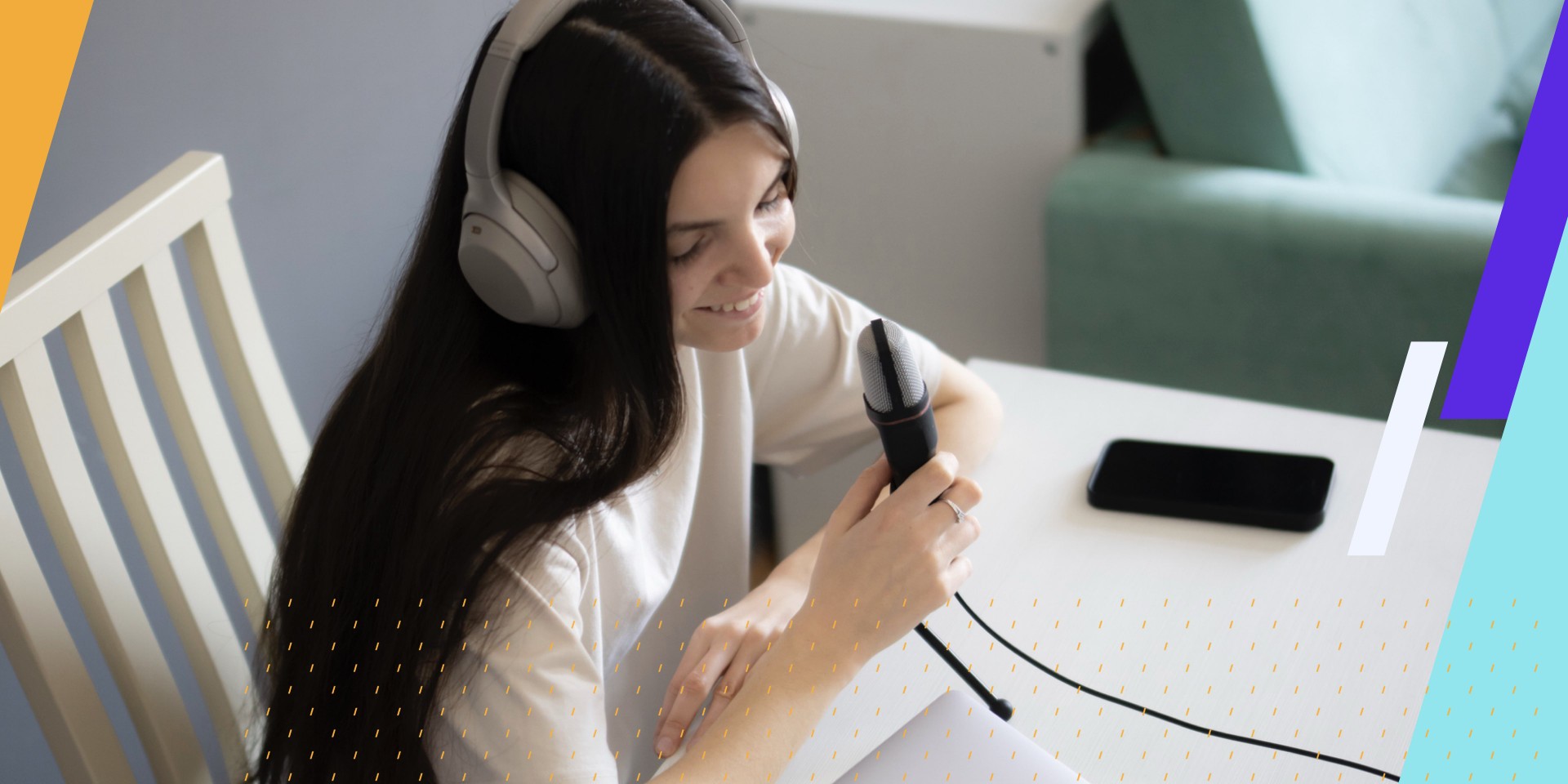Digital accessibility is key to ensuring that all users, regardless of ability, can seamlessly use your mobile application. One of the most effective tools for mobile accessibility testing is VoiceOver, Apple’s built-in screen reader for iOS devices.
In fact, every Apple device, such as iPhones or iPads, has this assistive technology, which can be enabled at any time.
If you’re new to accessibility or just starting to explore VoiceOver, don’t worry! In this post, I’ll walk you through the basics, explain why testing with VoiceOver matters, and provide a simple guide to get you started.
Why Test Your App with VoiceOver
Before we dive into the “how,” let’s look at why VoiceOver testing is so valuable for your app’s accessibility:
- Inclusive Design: VoiceOver makes it possible for people who are blind or have low vision to navigate and interact with mobile apps. By testing with VoiceOver, you can ensure your app works for these users.
- Better User Experience: Accessibility testing often improves the overall user experience for all users. Cleaner navigation, clearer instructions, and simplified workflows benefit everyone.
- Legal Compliance: Digital accessibility is required by law in a growing number of countries worldwide. Testing with VoiceOver helps you comply with regulations such as the Americans with Disabilities Act (ADA) and the forthcoming European Accessibility Act (EAA).
- Wider Audience Reach: More accessible apps mean a larger user base. By making your app VoiceOver-friendly, you’re opening the doors to millions of users who rely on assistive technology.
Getting Started with VoiceOver
To test your app with VoiceOver on an iOS device, follow these simple steps:
1. Enable VoiceOver on Your Device
- Open Settings on your iPhone or iPad
- Go to Accessibility
- Select VoiceOver and toggle it on (Tip: You can also enable it by asking Siri, “Turn on VoiceOver.”, or by setting up an accessibility shortcut to quickly turn on VoiceOver by triple-clicking the side or home button).
2. Understand VoiceOver Gestures
Once VoiceOver is on, your usual touch gestures will change. Here are a few key gestures to know:
- Single tap: VoiceOver will read out the item under your finger.
- Double tap: Activates the selected item.
- Swipe left or right: Moves to the next or previous item on the screen.
Performing an Accessibility Test with VoiceOver
Now that you are set up, let’s walk through how to use VoiceOver to test your app:
1. Navigate Your App
As you explore your app with VoiceOver enabled, pay attention to the following:
- Does VoiceOver read out all important elements, like buttons, labels, and links?
- Are interactive elements (like buttons) properly labeled?
- Are images described if they convey important information?
2. Try Different Flows
- Navigate through common user flows, like signing in or placing an order. Make sure that every action is accessible and easy to perform using only VoiceOver gestures.
3. Test Dynamic Content
- If your app has content that changes (e.g., pop-ups or new data loading), make sure VoiceOver detects the new content and automatically shifts the focus to it.
4. Check for Hints and Descriptions
- VoiceOver can read out additional hints to help users understand how to interact with controls. For example, after reading the label of a button, VoiceOver might say, “Double-tap to activate.” Make sure these hints are present and accurate.
Benefits of Using VoiceOver for Native Mobile App Testing
Testing with VoiceOver gives you a real understanding of how your app feels to a blind or low-vision user, providing a true user perspective that goes beyond visual design. It forces you to rethink the logical flow of your app, improving navigation for all users by highlighting areas where focus might be inconsistent or confusing.
Additionally, VoiceOver testing helps uncover hidden issues that sighted users might miss, such as focus traps, missing or incorrect labels, and elements that aren’t logically ordered.Thus, it ensures a more seamless and accessible experience for everyone.
Testing your native iOS app with VoiceOver is a crucial step toward making it more accessible for all users. Start with small steps: enable VoiceOver, get comfortable with the gestures, and run through common user journeys in your app.
If you’d like to streamline ensuring your app meets all global accessibility standards and the WCAG 2.2 AA success criteria, our team specializes in mobile application testing.
This testing is done by a highly trained and specialized mobile accessibility team, ensuring we can convey the nuances of the “Web” Content Accessibility Guidelines (WCAG) to your mobile architecture.
Our audit process centers on paired testing between sighted users and screen-reading software users, giving you real-world insights into how your app performs.
By partnering with Allyant, you can ensure that your native mobile applications are not only compliant with accessibility guidelines but also effective and usable for all users.
Reach out today to learn more about how our team can support you with mobile application accessibility testing and take the next step toward creating a more inclusive app experience!

